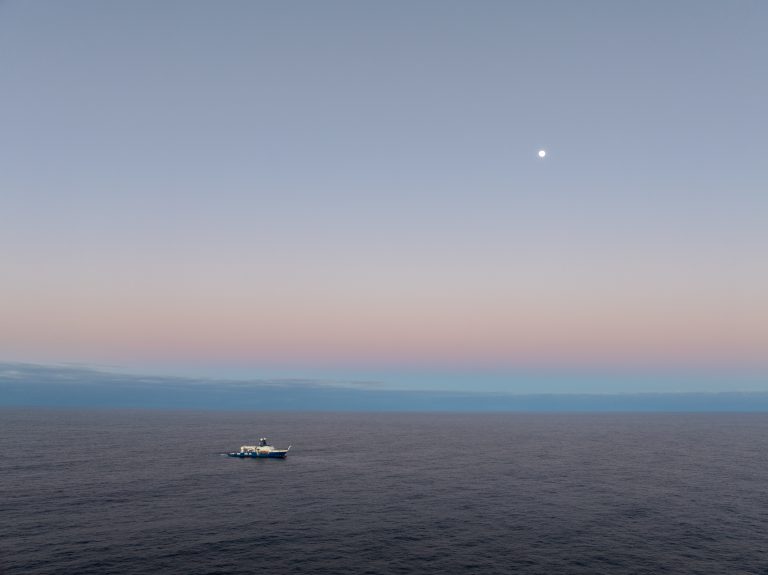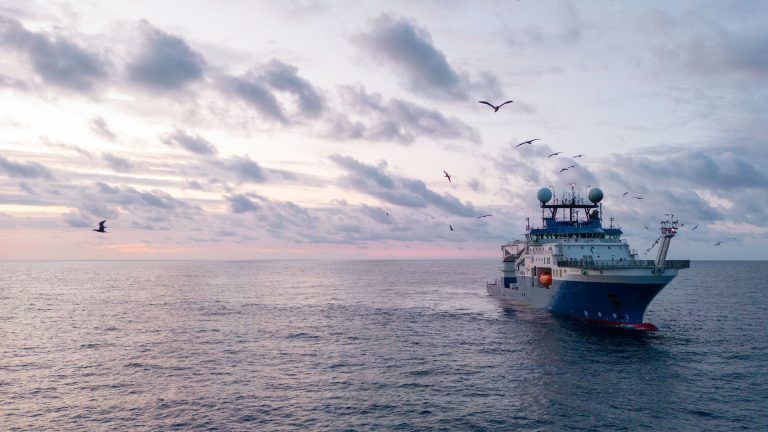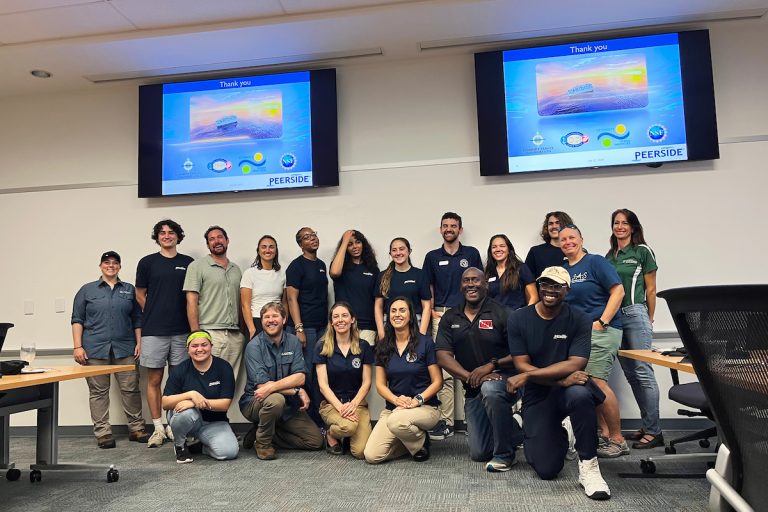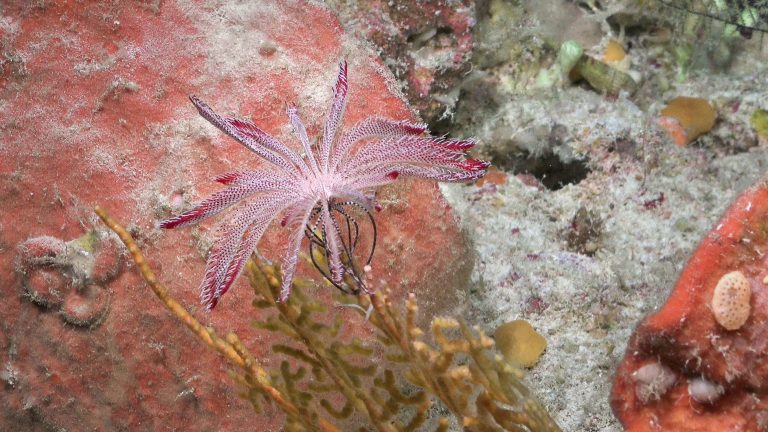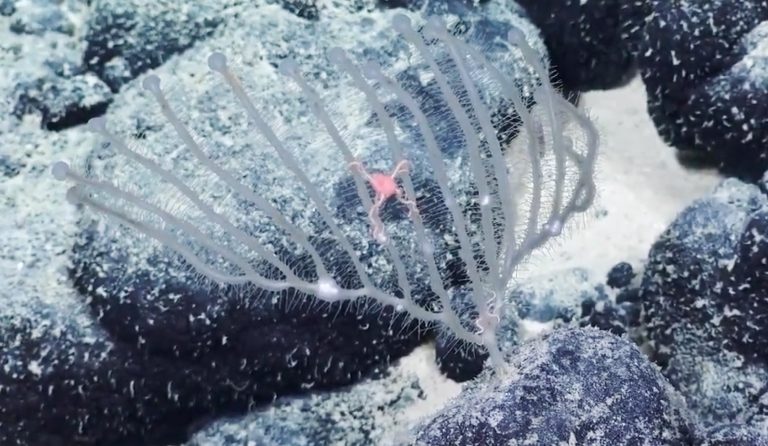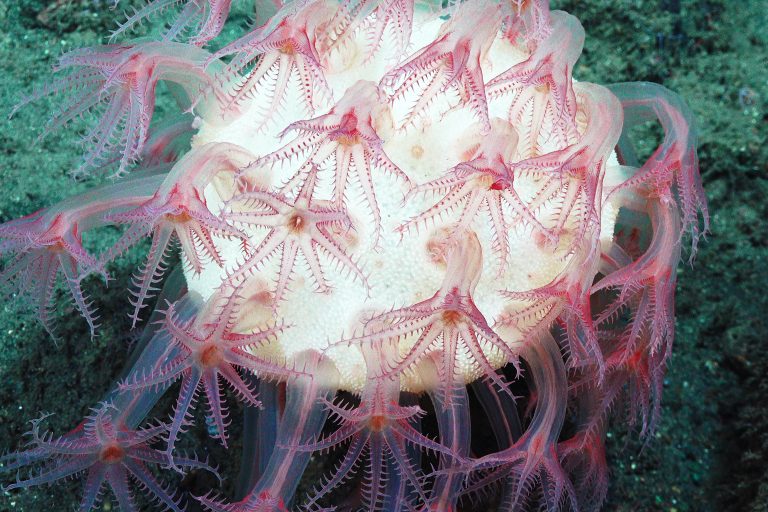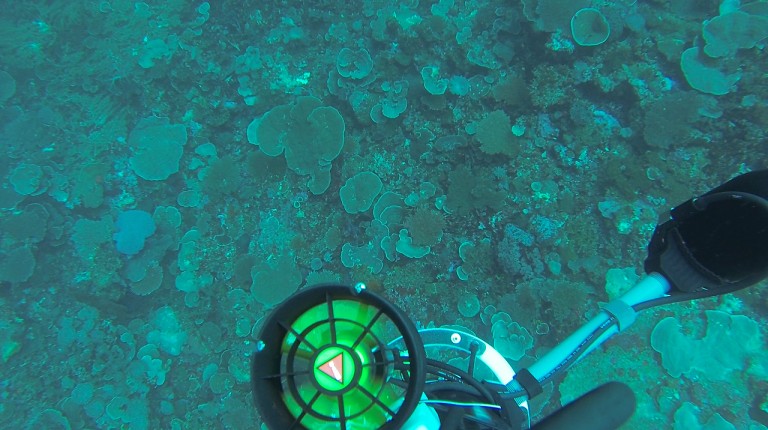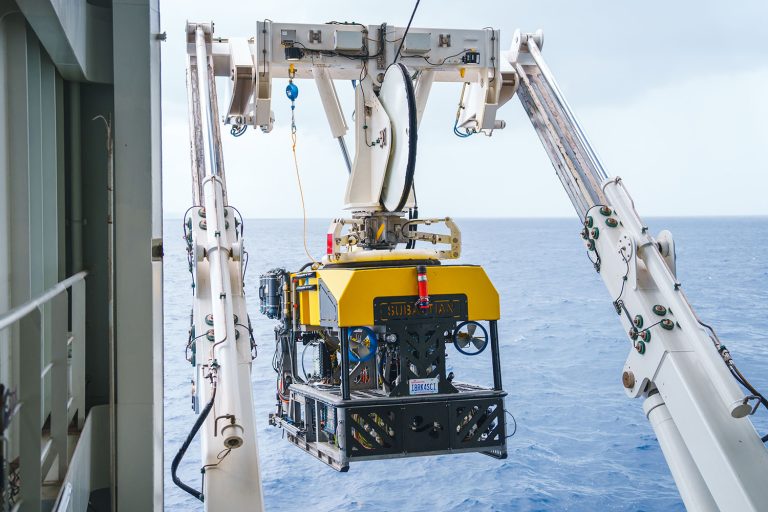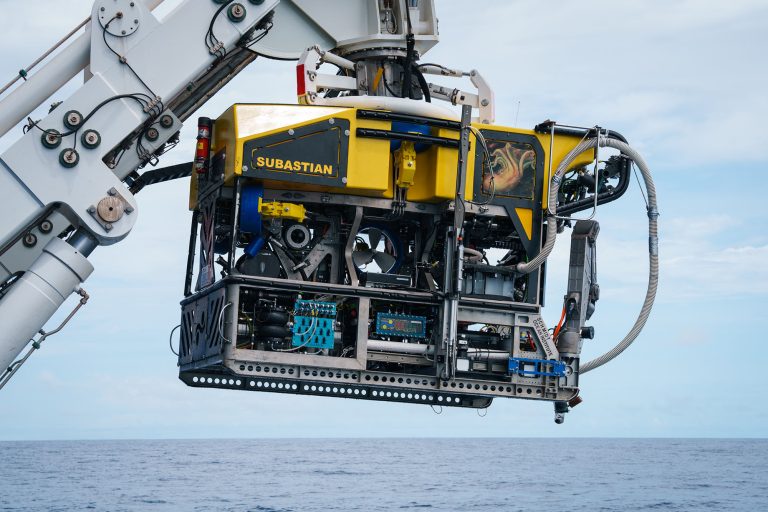Page: Schmidt Ocean Institute 2025 Expeditions
2025 – The Southern Atlantic In 2025, our scientific expeditions take us further into the Southern Atlantic Ocean, one of the least explored places on Earth. Scientists from all over the world will document biodiversity, study hazards such as earthquakes and volcanoes, and map seafloor features. Who knows what they will find? Follow our journey … Continued
